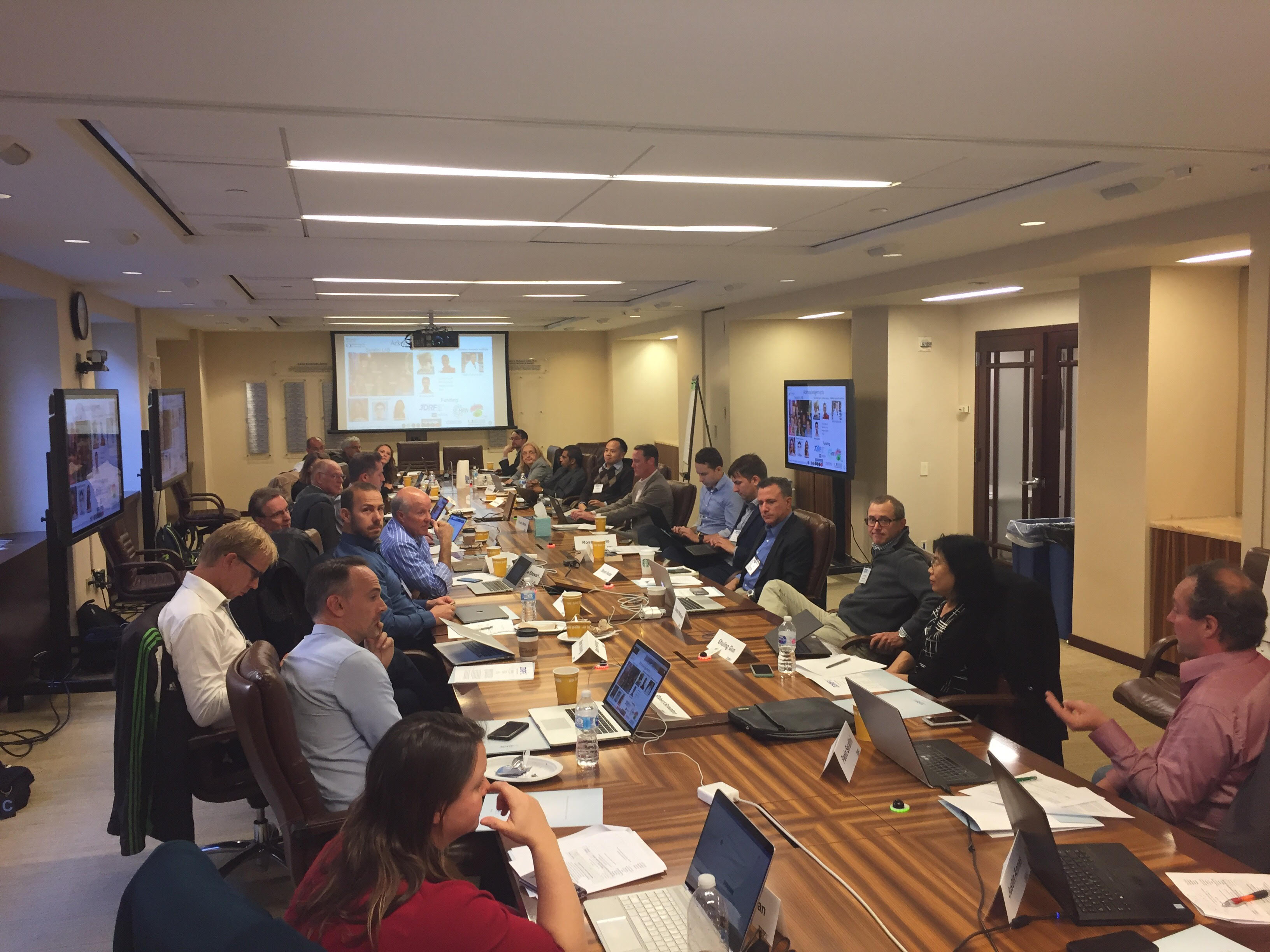
Breakthrough T1D is committed is to curing type 1 diabetes (T1D) through beta cell therapies, which is a complicated problem with myriad potential solutions. One approach Breakthrough T1D is actively pursuing is through regeneration: Targeting the islet cells in the body and encouraging them to proliferate and create insulin again. To solve this problem, Breakthrough T1D gathered over 20 of the leading experts in diabetes research, chemistry, endocrinology, and drug development at the Islet Targeting Strategy Workshop, held on October 21-22, 2019.
The goal of the workshop is simple: How can this group work together to develop a safe method to deliver therapies directly to the islets to maintain and recover beta cell mass?
Three years ago we wouldn’t be having this conversation about targeting, because we had no beta cell regenerative molecules. But now, thanks to Breakthrough T1D, we have a number of regenerative compounds, and they require agents to target them to the beta cells.
Why Targeting Islet Cells ?
In the past several years, the scientific understanding of T1D has rapidly advanced, providing new insights on what cures for this disease look like. Regeneration is promising because it utilizes cells that already exist within the body and does not rely on an external cell source.
If a way can be found to deliver a therapy specifically to the islet cells that causes those cells to multiply and improve in function, the progression of T1D can be halted and, potentially, reversed.
This is not something I could solve on my own. Bringing together and leveraging with different areas of expertise is the only way forward.
Bringing Together the Leading Experts
For decades, Breakthrough T1D has been the thought leader in type 1 diabetes research, bringing together the top minds in academia and industry to collaborate on the best approaches that can get new therapies into people with T1D as quickly as possible. This workshop, chaired by Christopher V. Wright, D.Phil., of Vanderbilt University, and Bruce Verchere, Ph.D., of the University of British Columbia Children’s Hospital, followed that approach.
Over the course of the workshop, this group shared ideas, gave research updates and identified how this group and Breakthrough T1D can work together to find ways to specifically target the islet cells.
What’s Next
Over the next few months, Breakthrough T1D will continue to work towards creating funding opportunities that will allow this group to attack this important problem.